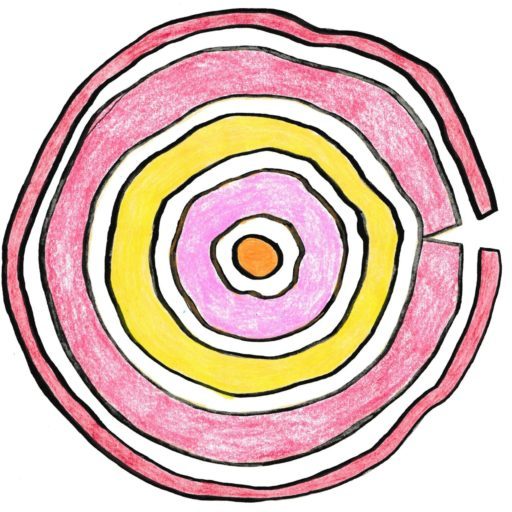by Group Member: Bob Laramee
A Case Study Unveiling Hidden Patterns
Meeting the Grand Challenge: Led by the University of Nottingham, the ‘Bringing Healthcare Data to Life’ project develops novel data visualisation tools that enable users to pinpoint patterns, hotspots, trends and anomalies for all kinds of diseases and disorders including mental health. One key benefit is the extra dimension these tools deliver in terms of informing measures aimed at preventing illnesses and aiding their management at home – options crucial to easing pressure on hospitals and meeting the needs of the UK’s ageing population.
Vision and Value: From Electronic Health Records to information held by healthcare providers and public health agencies across the country, the UK’s reservoir of medical data is vast and fast-growing. The challenge is to turn this huge resource into valuable insights that help combat conditions such as depression, cancer, coronary heart disease, hypertension, stroke and asthma. Not only are the datasets extremely diverse, complex and variable in quality; their sheer size is also an issue when trying to develop sound platforms to support decisions that can make a material difference to disease prediction, prevention, diagnosis and treatment.
The Nottingham team’s solution is rooted in a proven fact: visual images can offer the best way of ensuring the brain accesses information quickly and indelibly. But traditional line, bar and pie charts have their limitations. The team’s vision, then, is to develop new data visualisation software tools that, for any UK-based collection of raw public healthcare data, enable users not just to gain rapid, accurate overviews but also to drill down easily into the detail. Combining sophistication with ready comprehensibility, these tools….
Key Components: Supported by £358,000 of EPSRC funding, the four-year project is dovetailing computer science with data analytics to tackle this classic ‘big data’ challenge. Input from partners in the digital health sector will ensure outputs achieve the primary aim of meeting the real-world requirements of data analysts in the healthcare space.
In terms of specific capabilities, the goal is to build data-mining software that generates easy-to-understand graphics showing the prevalence and geographical spread of individual medical conditions, and uses state-of-the-art visualisation techniques to reveal how the prevalence and spread of these conditions has changed over the course of time. Filtering and selection options will allow users to focus on subsets of particular interest, such as disease incidence among specific age groups.
For a video demonstration of some of work, please see the YouTube video below (which is also available by clicking here).


